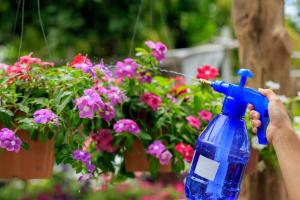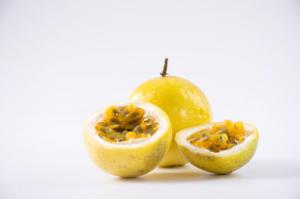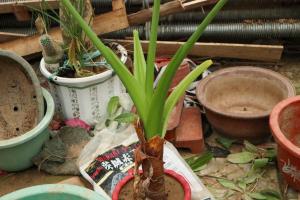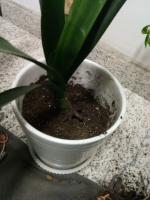Introduction
Air plants, also known as Tillandsia, are unique and fascinating plants that have become increasingly popular in recent years. Unlike traditional plants, they do not require soil to grow, as they derive nutrients and moisture from the air around them. While they may seem like low maintenance plants, proper watering is essential for their health and longevity. In this article, we will discuss how best to water air plants to ensure they thrive in your home.
Understanding Air Plant Watering Needs
Air plants require regular watering to survive. However, their watering needs are unique and different from traditional potted plants. Due to their lack of soil, air plants absorb moisture through their leaves, which is why misting or soaking them is recommended. When air plants do not receive enough water, they can become dehydrated and eventually die. On the other hand, overwatering can lead to root rot, which can also be fatal. Therefore, it's crucial to understand the right way to water air plants.
Misting Air Plants
Misting is one of the most popular ways to water air plants. It involves spraying the plant with water using a spray bottle. When misting air plants, it's important to ensure the leaves are adequately moistened. However, it's also essential not to overdo it. Misting should be done once or twice a week, depending on the environment and humidity levels. It's also best to use filtered or bottled water to prevent the buildup of mineral deposits on the plant leaves.
Soaking Air Plants
Soaking involves submerging the air plant in water for 30 minutes to an hour. Soaking is recommended for larger air plants or when the plant seems dehydrated. Ensure that the container used for soaking is large enough to accommodate the plant fully. After soaking, remove the air plant and shake it gently to remove any excess water. Then, place it in a well-ventilated area to allow it to dry before putting it back in its usual spot. Soaking should only be done once every 1-2 weeks and may be done with room temperature tap water or rainwater.
Drying Air Plants After Watering
After watering your air plant, it's essential to dry it thoroughly to prevent rot. Rot can set in if the air plant is left wet for too long. You can dry your air plant by leaving it out in a well-ventilated area or by using a gentle fan. Avoid placing wet air plants in areas with poor air circulation or low light as this can cause fungal growth, which is detrimental to air plants. With the right care, air plants can last for many years and brighten up any space in your home.
Conclusion
Air plants are unique and beautiful plants that require special care when it comes to watering. Misting and soaking are the two most popular ways to water air plants. However, it's essential to avoid overwatering or under watering as this can lead to their demise. Drying air plants after watering is equally important to prevent rot. With the right care and watering techniques, air plants can bring joy and beauty to any home for years to come.

 how many times do yo...
how many times do yo... how many planted tre...
how many planted tre... how many pine trees ...
how many pine trees ... how many pecan trees...
how many pecan trees... how many plants comp...
how many plants comp... how many plants can ...
how many plants can ... how many plants and ...
how many plants and ... how many pepper plan...
how many pepper plan...






























